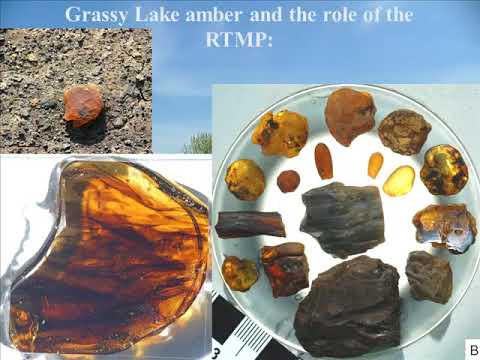Description:
Explore the fascinating world of Canadian amber in this Royal Tyrrell Museum Speaker Series talk by Ryan McKellar from the University of Alberta. Delve into the nature of amber formation, its geological origins, and its significance in preserving Late Cretaceous flora and fauna. Discover the unique characteristics of Cedar Lake and Grassy Lake amber, and learn about their importance in the broader context of Cretaceous amber deposits worldwide. Examine the diverse insect biodiversity trapped within these ancient resins, including parasitoid wasps and early ant species. Investigate the groundbreaking findings of preserved feathers in amber, providing insights into the evolution of plumage from non-avian dinosaurs to early birds. Gain an understanding of advanced techniques like infrared spectroscopy and synchrotron X-ray microtomography used in amber research. Uncover the ongoing quest for Paleocene amber and the potential for future discoveries in this captivating field of paleontology.
Read more

Canadian Amber: A Snapshot of a Late Cretaceous Forest and Its Inhabitants
Add to list
#Science
#Paleontology
#Art & Design
#Visual Arts
#Botany
#Biology
#Zoology
#Entomology
#Scientific Research